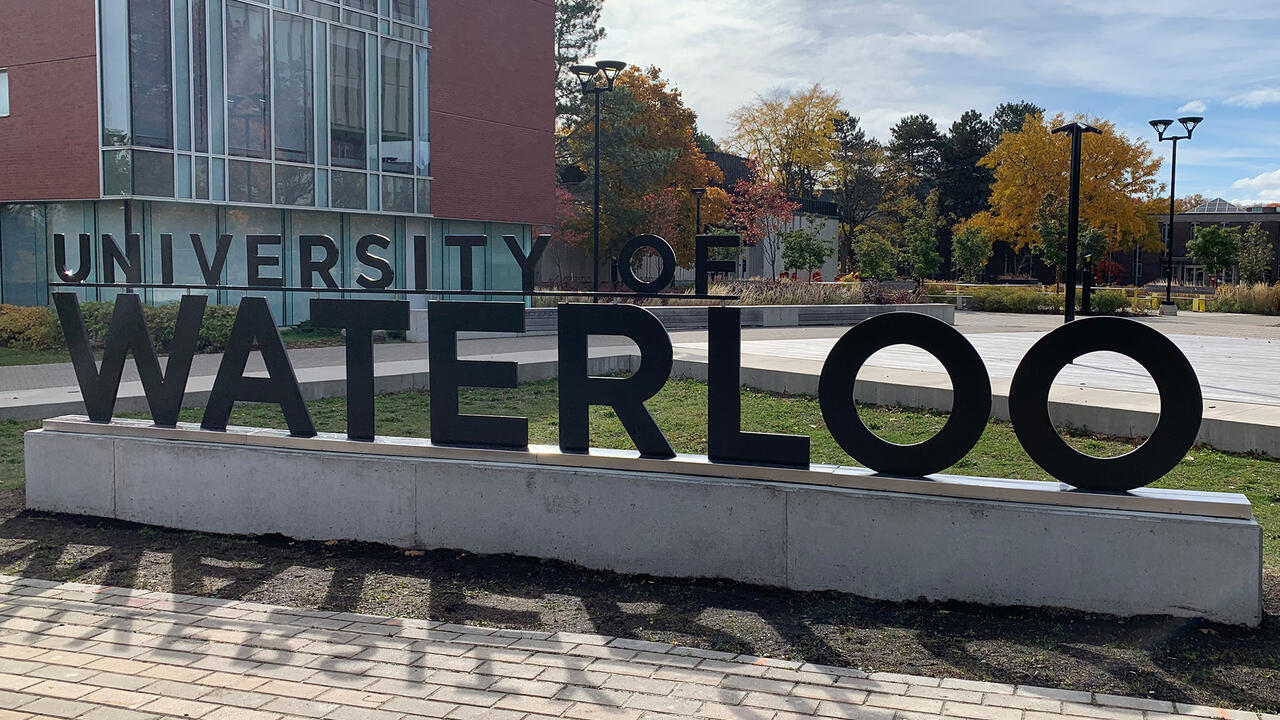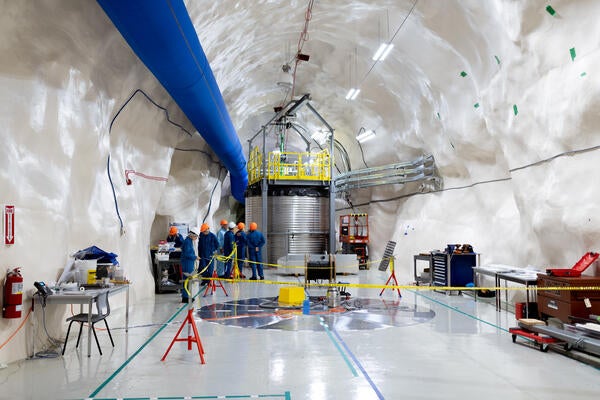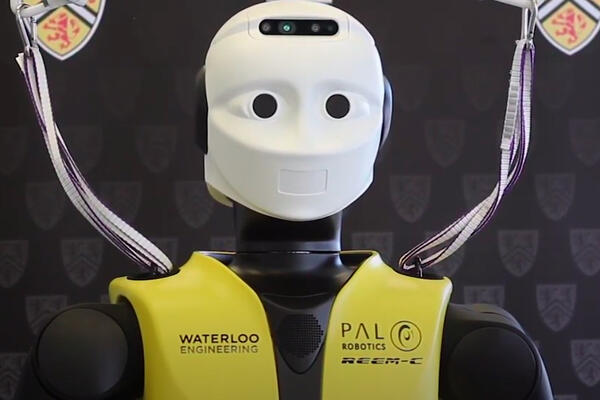
Waterloo’s autonomous vehicle program passes milestone of 100 km on public streets
Researchers at the University of Waterloo have reached an important milestone by logging their 100th kilometre on public roads in a self-driving car

Researchers at the University of Waterloo have reached an important milestone by logging their 100th kilometre on public roads in a self-driving car
By Media RelationsResearchers at the University of Waterloo have reached an important milestone by logging their 100th kilometre on public roads in a self-driving car.
Achieved last week in an industrial area of Waterloo, it is the culmination of almost two years of work since the research team won approval from the Ontario government to do on-road testing in an autonomous vehicle pilot program.
“We’re pulling this off and 100 kilometres is symbolic of that,” said Krzysztof Czarnecki, co-lead of more than 60 professors, engineers, researchers and graduate students working on the project. “It’s a number you can’t reach without having a robust system.”
Nicknamed the Autonomoose, the modified Lincoln MKZ hybrid sedan at the heart of the initiative is equipped with nine cameras, LiDAR and radar scanners, and other sensory devices that gather data for processing by sophisticated on-board computer software.
The car travels in autonomous mode on public roads at a top speed of 35 km/h, negotiating intersections and light traffic for up to two kilometres at a time without intervention by a driver seated behind the wheel at all times.
“This is an important stepping stone,” said Danson Garcia, the lead hardware researcher. “We can definitely see this is doable and that our research is moving forward.”
Next steps include reducing the number of human interventions, or takeovers, improving perception of other vehicles and pedestrians, and refining the artificial intelligence required for the car’s autonomy software to make complex decisions and manoeuvers on its own.
The project, the most advanced university-based program of its kind in Canada, also involves research into the unique challenges of autonomous driving in winter weather.
A longer-term goal involves developing the high-definition 3D maps and capabilities required for Autonomoose to drive itself to campus through signalled intersections in all kinds of traffic from a test track several kilometres away.
Despite their progress to date, one of the key lessons learned by researchers is how incredibly challenging autonomous driving is due to the sheer number of variables and possibilities in play.
“We always have to plan for unexpected issues,” said Czarnecki, a professor of electrical and computer engineering at Waterloo. “Everything takes longer than anticipated.
“There is still a lot of tuning needed and development to follow up on, but for us this is a huge achievement. When we did our first road test, the system was really just a fundamental subset of what we have now.”

Read more
Eight Waterloo researchers receive $25,000 each to develop health-tech solutions for Grand River Hospital, St. Mary’s General Hospital, Cambridge Memorial Hospital and the KW4 Ontario Health Team

Read more
New collaboration will allow quantum researchers to study effects of solar radiation on quantum computing

Read more
New Waterloo Engineering-led research quickens the response time for robots to react to human conversation
The University of Waterloo acknowledges that much of our work takes place on the traditional territory of the Neutral, Anishinaabeg and Haudenosaunee peoples. Our main campus is situated on the Haldimand Tract, the land granted to the Six Nations that includes six miles on each side of the Grand River. Our active work toward reconciliation takes place across our campuses through research, learning, teaching, and community building, and is co-ordinated within the Office of Indigenous Relations.